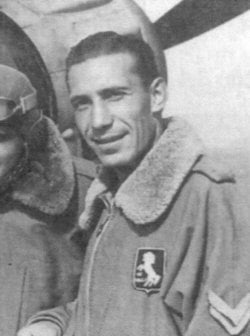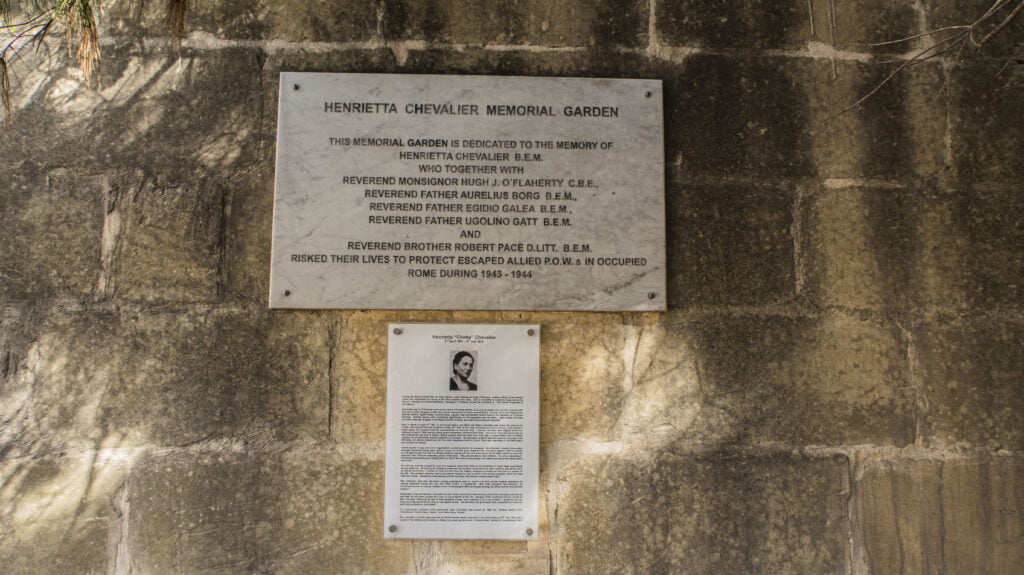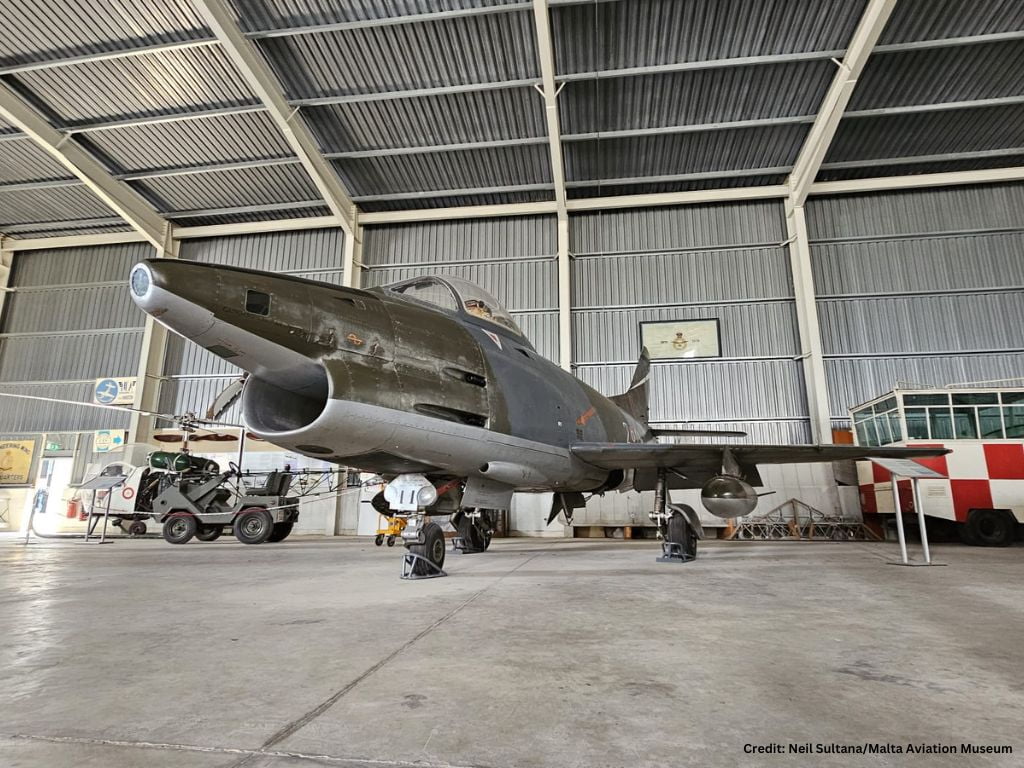
- +356 21416095
- info@malta...
- Mon - Sun: 9:00 - 17:00

The Malta Aviation Museum Foundation is a voluntary, non-profit making organisation, set up on the 1st November 1994, joining together various associations with the objective of creating a display of unique exhibits related to Malta’s rich aviation history.
Since its inception, the Foundation has worked very hard to acquire, restore and preserve a number of aircraft, artefacts and documentation which are of cultural, historical and educational value.


The Malta Aviation Museum Foundation was established with the aim of safeguarding and promoting Malta’s rich aviation history.
The museum houses a diverse collection of aircraft, including those that have historical ties to Malta and others that represent important aspects of Malta’s aviation heritage. These aircraft undergo restoration to achieve either flying, taxiing, or static display condition.


To visit the Aviation Museum at Ta’ Qali use the BLUE LINE or NORTH TOUR which runs every 30 minutes. The bus stops at the Aviation Museum but it is just a few minutes walk from/to the Crafts Village/Glass/Ceramics factories.
Bus No 56 Valletta – Ta’ Qali (Stadium Stop) – Dingli: Every 60 minutes
Bus No 186 Bugibba – Ta’ Qali (Stadium Stop) – Rabat: Every 30 minutes
Bus No 202 Sliema – Ta’ Qali (Stadium Stop) – Rabat: Every 60 minutes
Adults – €9.00
Senior citizens – €7.00
Students – €7.00
Children (3 to 12 years) – €3.00
Free Parking



"I can't imagine ever going back to commercial air travel after experiencing SkyLux's private jet charters. The level of comfort and convenience is unparalleled, and the personalized service is second to none."

"I can't imagine ever going back to commercial air travel after experiencing SkyLux's private jet charters. The level of comfort and convenience is unparalleled, and the personalized service is second to none."





